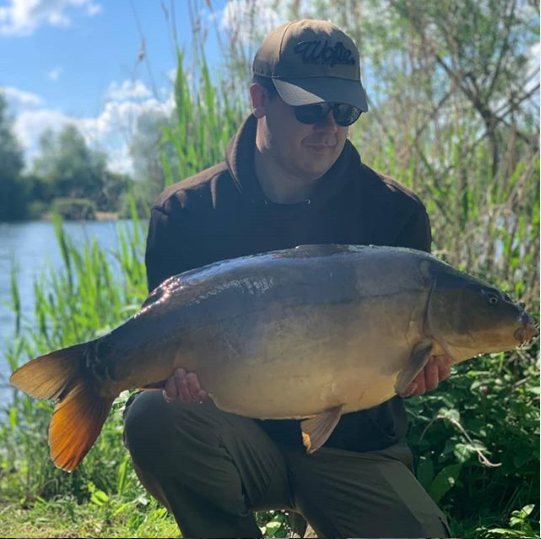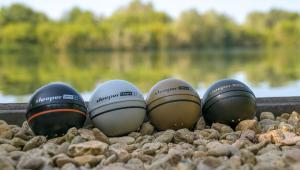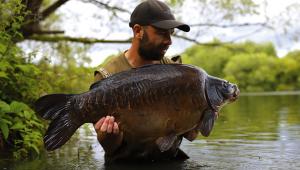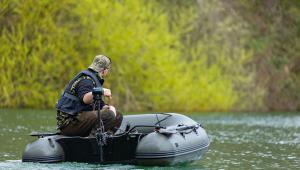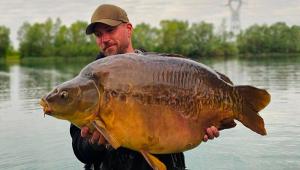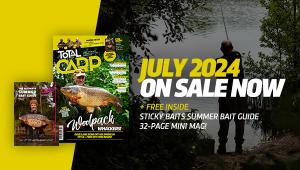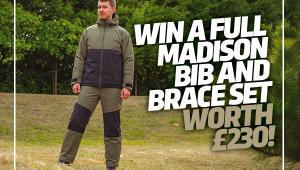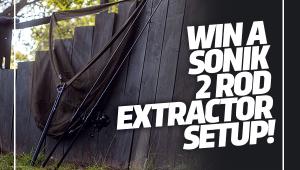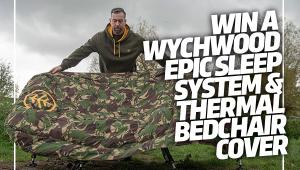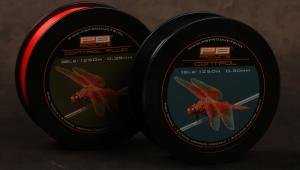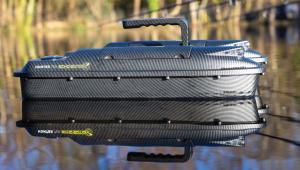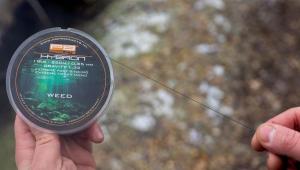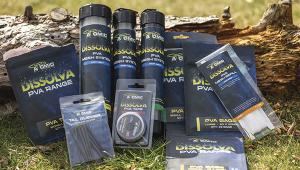The making of The Catch: Part III - The Boss Fish
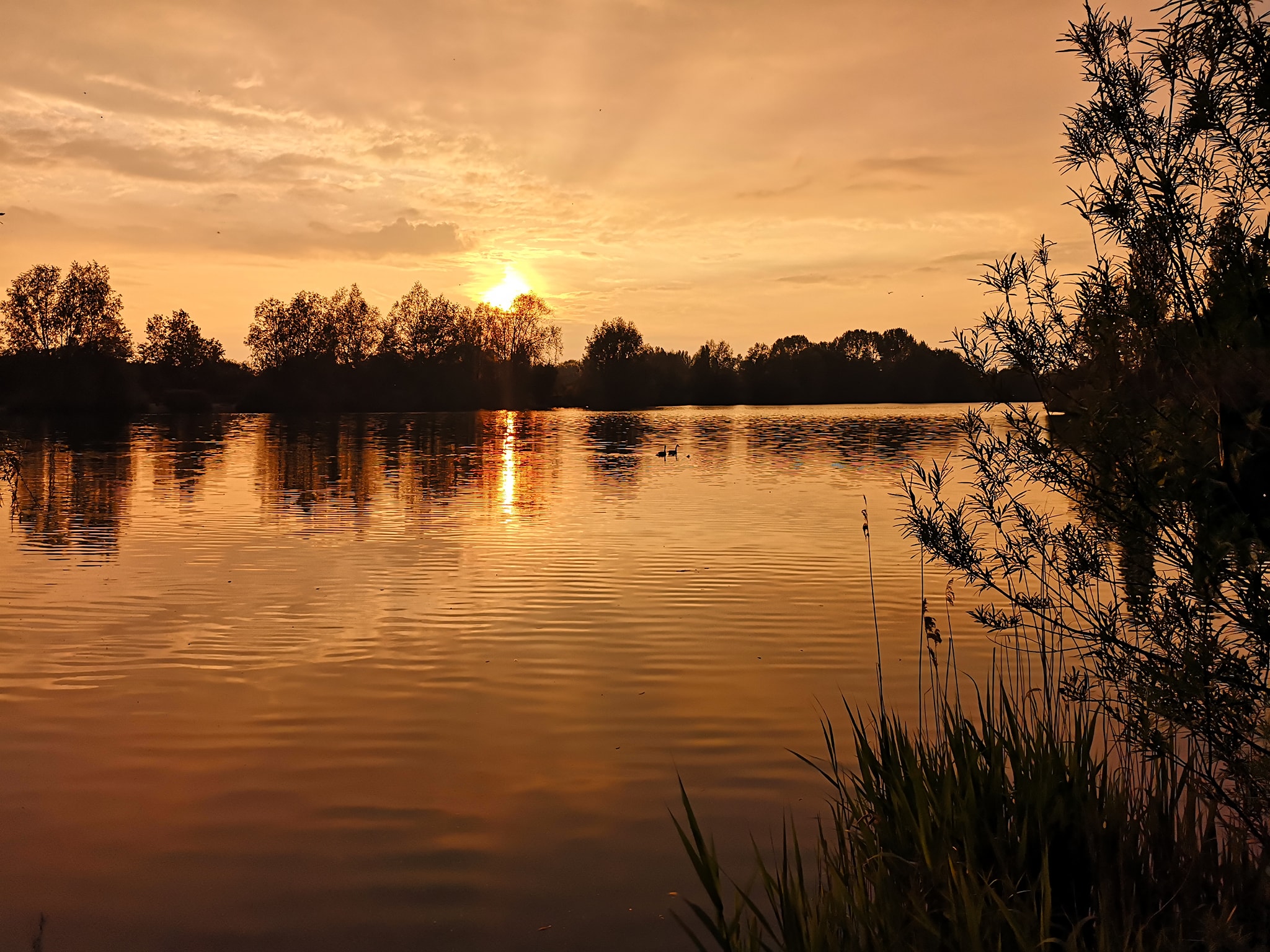
Click here for - Making of The Catch: PART I
Click here for - Making of The Catch: PART II - Venues
The Catch: Carp & Coarse emphasise is on species hunting – the battle to catch all the 35 different species of fish in game but also the pursuit of the monsters in each venue. We call these ‘boss fish’ and in each venue, there are 25 different boss fish for you to try to locate and successfully catch. Of the 125-boss fish, there are 11 ‘monster’ boss fish spread out across the venues that are the hardest fighting, most elusive fish to find and land. The most famous of these is ‘The Big Common’ found in Oxlease Lake – at just over 50lbs, this is the carp every angler that visits the venue wants to land. So how do we make sure that The Big Common and all our other fish look so good?
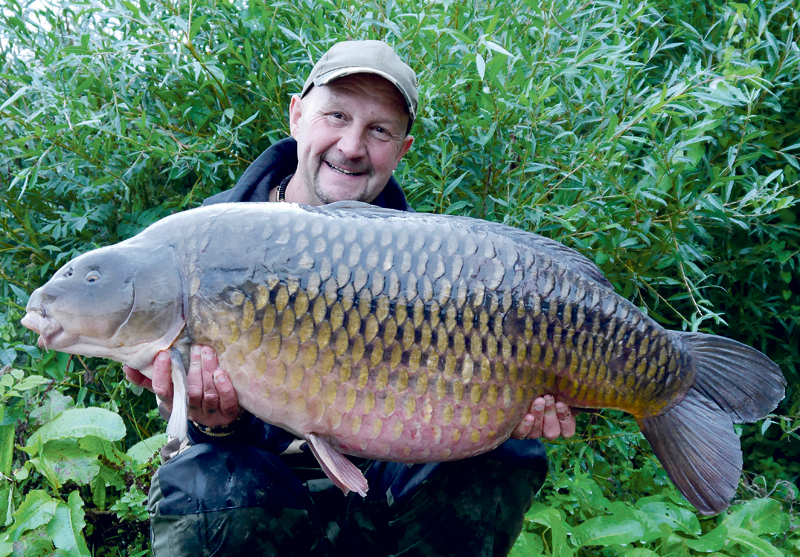
(Above): Ian Russell with 'The Big Common' from Oxlease lake - who wouldn't love to catch that!
We start by doing as much research into the species as possible. We use the internet extensively to conduct research, ranging from shapes and sizes of fish, pattern variations, colour variations, where they like to be within a lake, what baits and/or lures they like etc. This all informs the creation of the fish, both artistically and in the game design. We also try to get out and experience the species in question in real life if we can, this helps us to create something as authentic as possible. We also talk to different pro anglers and experts we work with to get as much information from them to help design the fish.
(Above): We try to get out ourselves to experience the catch in real life too!
When creating a new species of fish, we start off by creating a basic mesh for the species which has all the necessary topology for deformation and movement of the fish. This is the base on which we sculpt all the high-resolution details. The next process is to start sculpting the fish to produce a high polygon model. We do this using ZBrush software, which simulates real world sculpting digitally. At this point, the fish is in the millions of polygons and wouldn’t work in the game engine (Unreal Engine 4) so we down-res the mesh to a more manageable polycount – this is known as retopology.
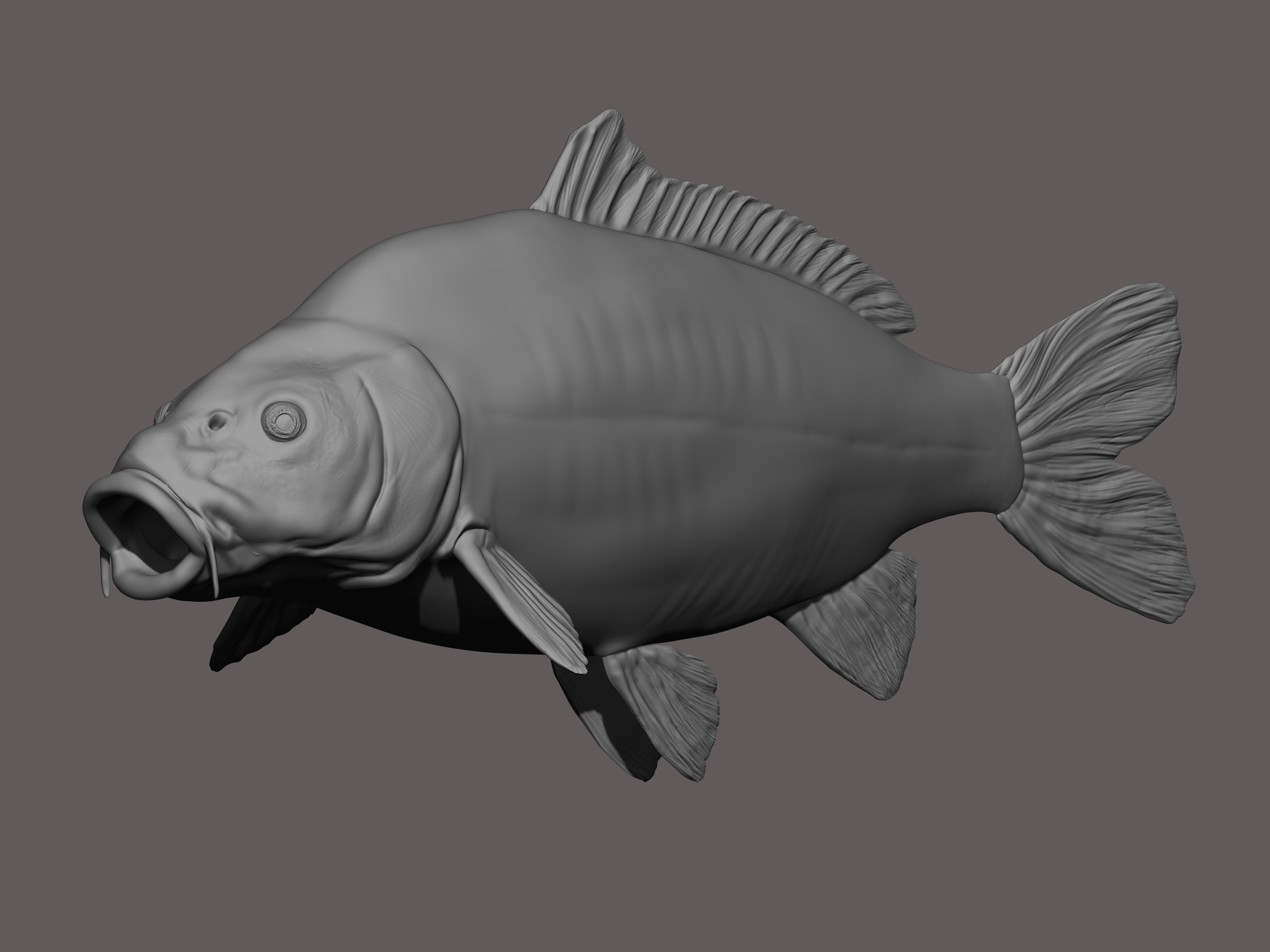
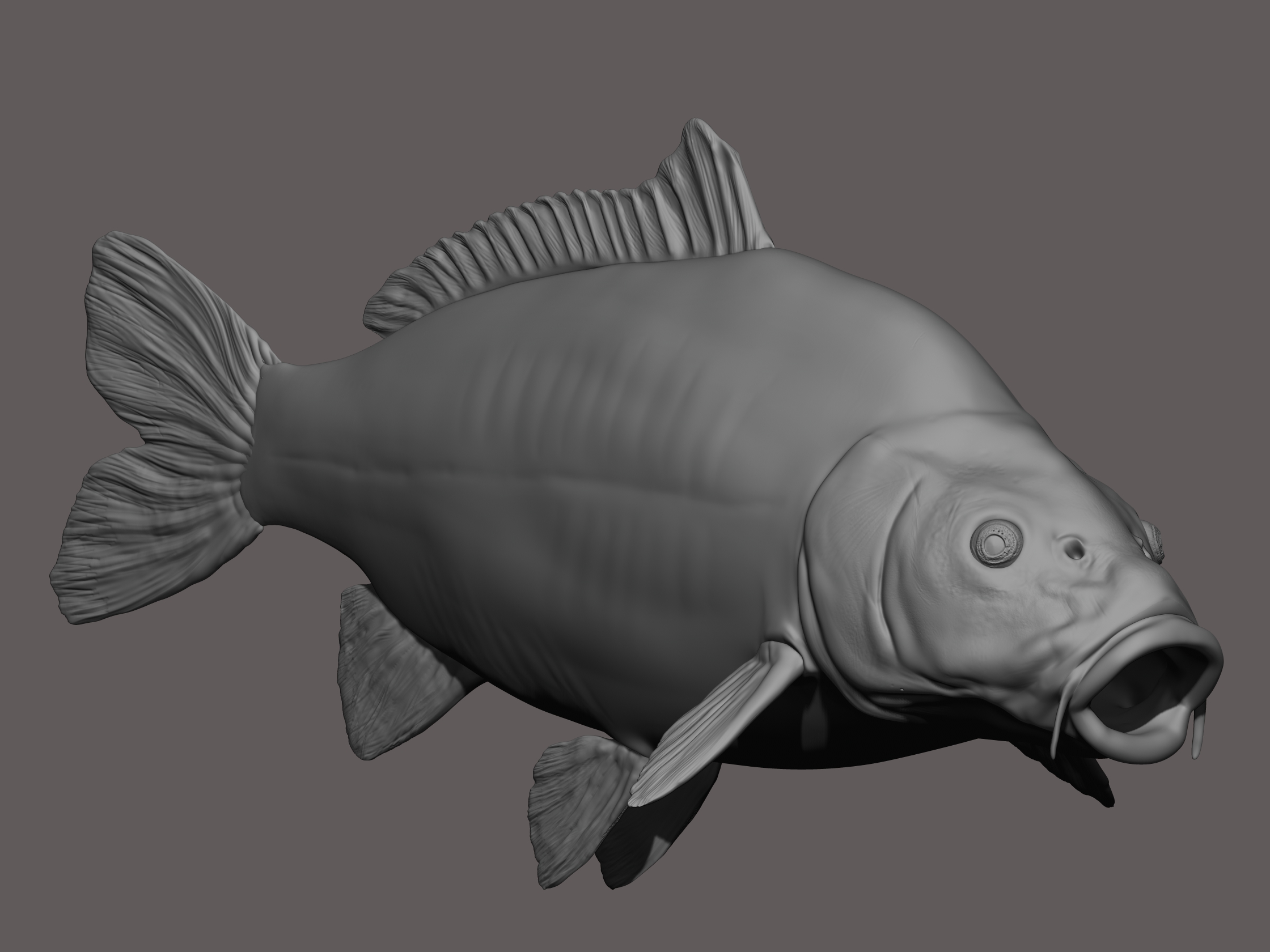
(Above): The basic model on which we build our highly variable carp.
The next process is to UV unwrap the model, which is making it ready for texturing before it is baked. Once the baking has taken place, we use a piece of software called Substance Painter which allows us to create colour variations of the individual species.
Masks are also created to add random patterns onto the body of the fish. Scales are then added within UE4.
It is then time to start rigging and we have a rig for the fish that we adjust for the different species. Once the species has been rigged, it is skinned to make it ready for animation – the joints on the rig are animated which deforms the geometry via the skin weights. Making the fish swim and move in the water.
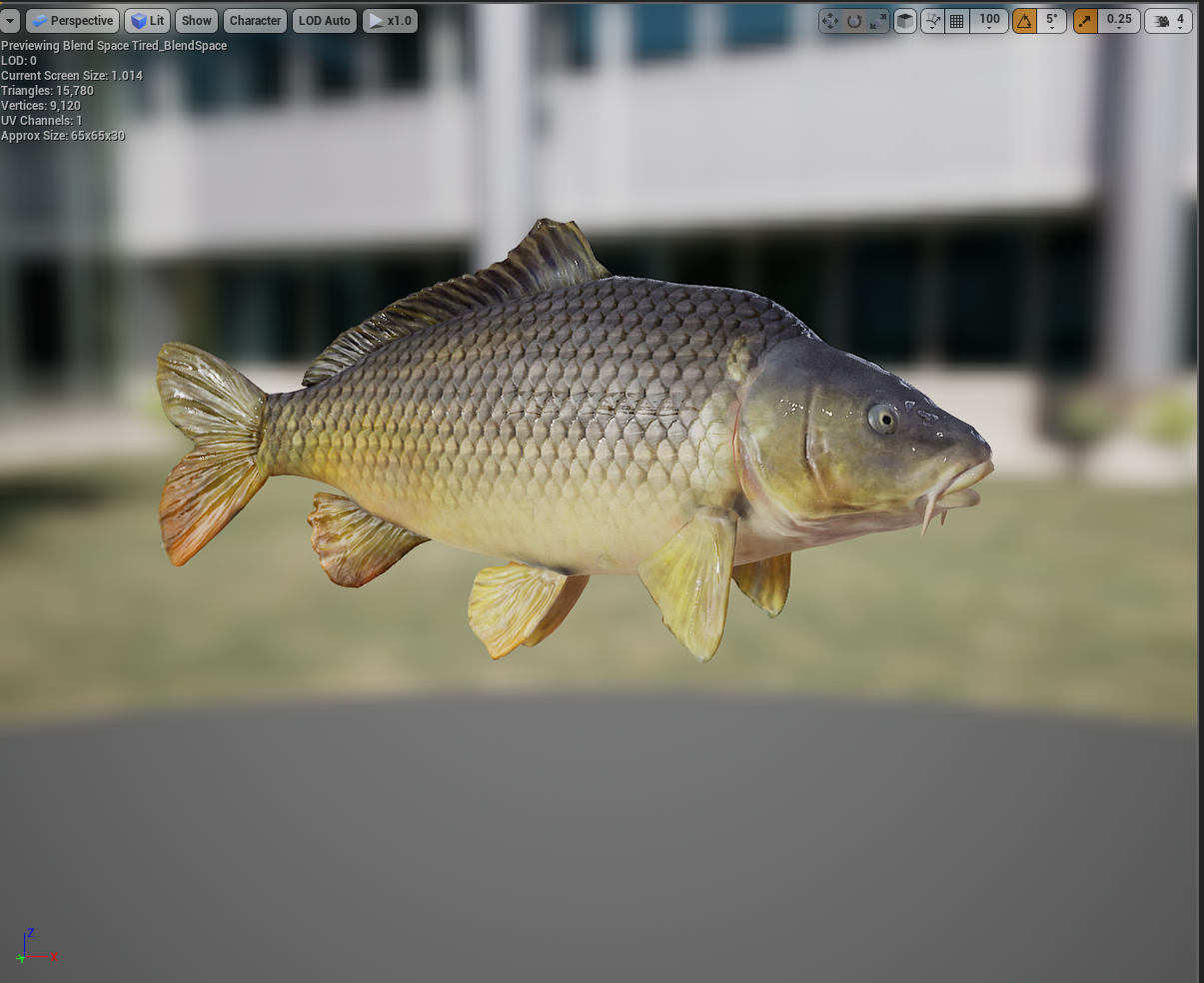
(Above): Add some regular scaling and you have a common carp.
At this stage it is ready to be sent to the animator, who gets it ready to be submitted into the game engine. Once submitted, materials are created which allow us to manipulate the colour, scales and patterns of the fish. We create blend shapes in Maya for different varieties of fish in terms of length / weight / features, such as long tails to ensure that every fish in the lake is different and it’s hard to catch the same fish twice.
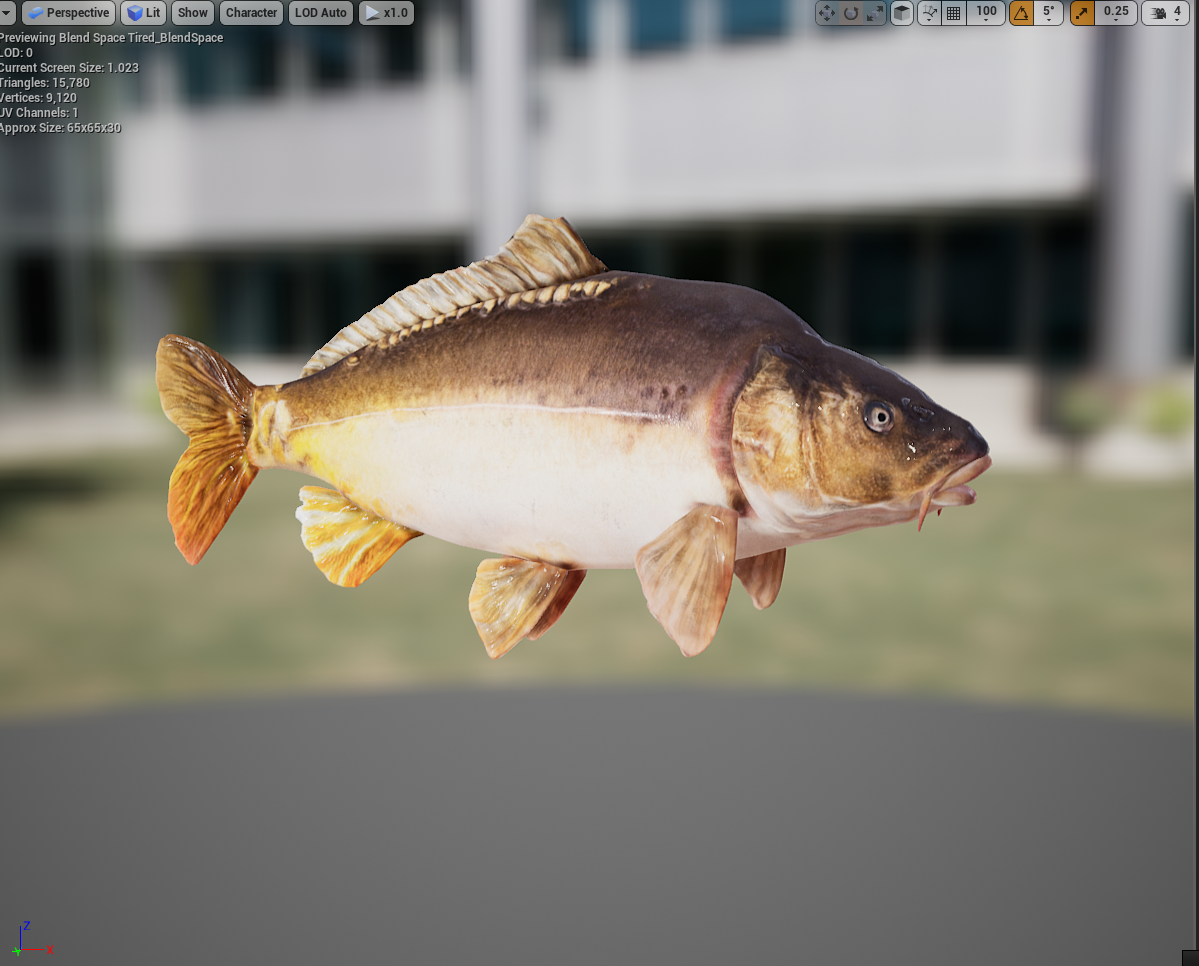
(Above): ...or how about a sparsely scaled mirror?
The final stage is to test all of this in the engine and set up weight curves so that the game knows how much each size/blend shape should weigh, before bringing the final animations into the engine, completing the process!
After that, it’s down to you, the player to try to catch the digital Big Common!
- Log in or register to post comments
